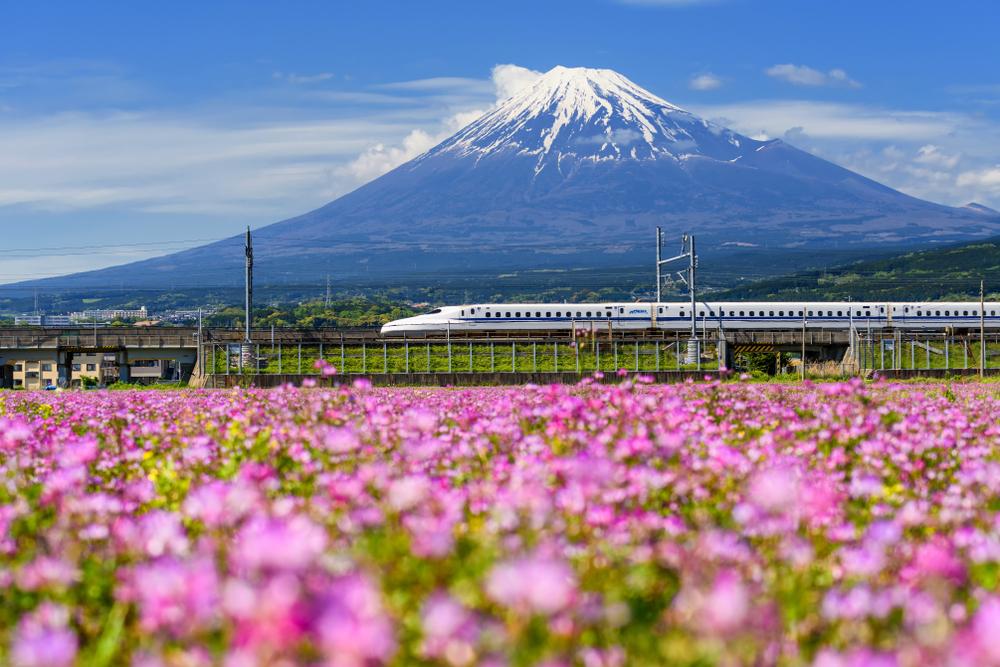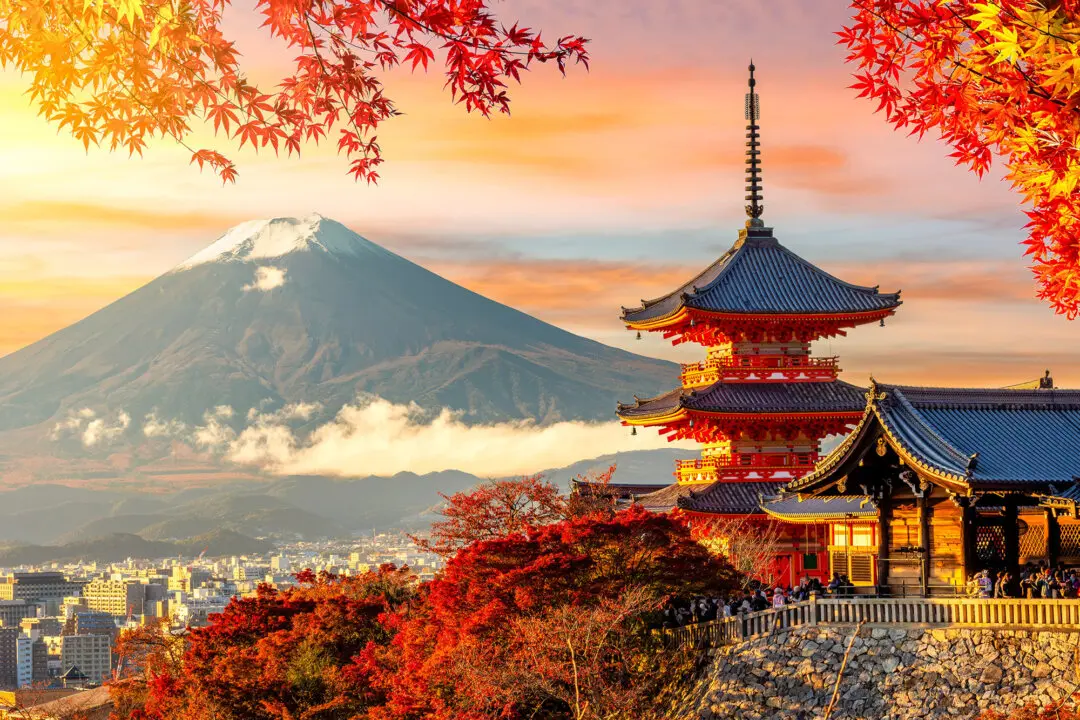The train is on time—because the train is always on time. And I don’t have a seat.
After getting slightly turned around disembarking my train from Hiroshima, which got me here in a real hurry, I’m struggling to make my connection. Dashing down onto the proper platform, I hear the rumble and clang of the big Sonic–Nichirin train rolling up. The passengers waiting to board are, as usual, standing in perfect queues, tidy single lines along numbered stripes painted on the floor. In a moment, the rolling stock will stop, and doors for those numbered cars will slide open, precisely in the right spot.





